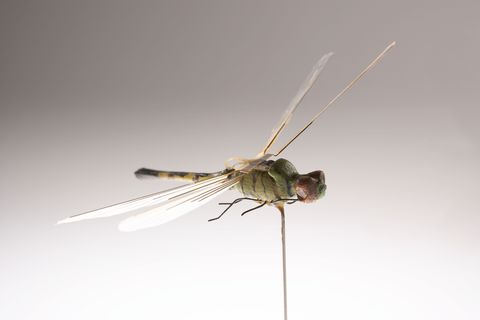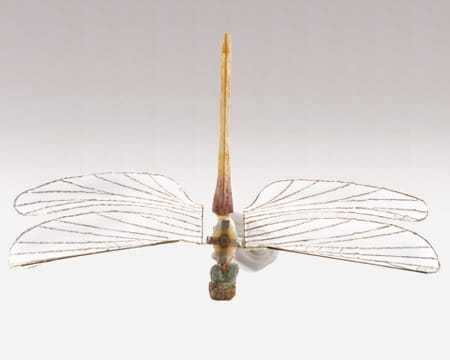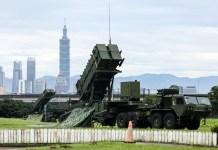Long before micro surveillance drones came on the scene, the US intelligence agency CIA developed a mechanical device to spy on unsuspecting targets.
The Cold War-era artifact was one of the specimens that the agency had put on display at its museum near Washington in 2003. Called “Insectothopter”, the robo-bug was developed in the 1970s. The device is perhaps one of the earliest examples of insect robotics.
“Developed by CIA’s Office of Research and Development in the 1970s, this micro unmanned aerial vehicle (UAV) was the first flight of an insect-sized vehicle (Insectothopter). It was intended to prove the concept of such miniaturized platforms for intelligence collection,” according to the CIA website.
This was a big achievement since microprocessors were a novel invention at that time. It was only in 2020 that the Central Intelligence Agency or the CIA released documents, which described in detail how this impressive micro-drone was created.
During the Cold War period, the US and its rival — the erstwhile Soviet Union — used to spy on each other. Bugging or listening to conversations of people from the rival camp using an electronic device was given high priority.
Both sides were coming up with innovative ways to eavesdrop on conversations. Don Resier, deputy head of the CIA’s Office of Research and Development, proposed an alternative.
His idea was to attach microphones on insect-sized robots as they would move around without raising any suspicion. He named the project “Insectothopter” and assigned it to agent Charles Adkins.
Why Dragonfly Was Chosen
Initially, Resier thought a bumblebee would be a good candidate for this project. However, the bee had erratic flying patterns which were difficult for the CIA to understand.
Adkins required an insect, which was stable, and luckily enough, one of his partners was a dragonfly enthusiast.

He explained that the aerodynamics of a dragonfly was much simpler as compared to that of a bee, making it easily maneuverable.
Apart from this, dragonflies are also good gliders and thus save energy on long flights. These specifications were enough to convince Adkins to make dragonfly the right candidate for the Insectothopter.
The next issue at hand was to understand and replicate the dragonfly’s wings, which flapped 1800 times per minute. To achieve this, the scientists involved in the project used a small fluidic oscillator.
The device has no moving parts and is driven solely by the gas emitted by the lithium nitrate crystals. The initial tests of the prototype showed that the device was unable to carry the necessary payload of 0.2gm, additional thrust was added to it by venting the exhaust backward, similar to jet propulsion.

After a paint job, which was completely dragonfly inspired, the Insectothopter was ready for action. It weighed just under a gram and its glittering eyes were the retroreflector beads that would spy on unsuspecting targets.
The CIA had finally achieved its robo-bug. However, it still needed a way to control and monitor this device. A portable laser unit known as ROME was used by scientists.
This unit produced an invisible infrared beam. The laser was supposed to heat the bimetallic strip which would in return open and close the dragonfly’s exhaust.
The Insectothopter could fly for up to 60 seconds, with its gas-pumped engine and laser navigation. Since there was no landing gear, the Insectothopter was supposedly a “crash and perch” project.
“The feasibility of a controlled Insectothopter vehicle with limited operational capability has been investigated and all program goals to this point have been achieved,” Adkins had said in his final 1974 report, as reported by Popular Mechanics.
According to the laboratory tests, the Insectothopter could fly in winds, which were less than 7mph (25 kmh). However, “the ultimate demonstration of controlled powered flight has not yet been achieved”, Adkins said in his final report.
The project cost $140,000 at that time which was not a big amount considering the cost of modern spy satellites. However, this dragonfly spy was not used by the CIA for any of its missions and the project was shelved for reasons best known to the US government.
— Written by Kashish Tandon




